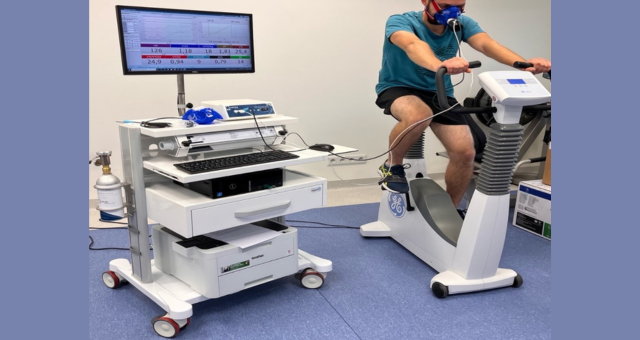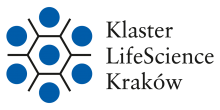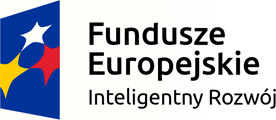BAZA WYNALAZKÓW
Uniwersytetu Jagiellońskiego

A device and a method for preparation of thin layer having a predefined spatial structure for applications in electronics and photovoltaics
słowa kluczowe: third-generation photovoltaic cells, photovoltaics, consumer electronics, organic cells, nanocoatings, organic semiconductors
numer oferty: P-322, P-381, P-410, P-412, P-413
The subject of this offer is a new, low-cost and compatible with roll-to-roll technology method of precise fabrication of structures already at the stage of creating thin layers.
Aplication: Production of thin layers for the production of large-scale "plastic" electronics and third-generation solar cells.
Aplication: Production of thin layers for the production of large-scale "plastic" electronics and third-generation solar cells.
The subject of the invention is a device and method of creating thin layers by means of a sliding meniscus. Device operation is based on horizontal dipping where a small amount of solution is placed between the bar and the substrate which moves under the bar using a computer-controlled linear stage. In the proposed method current/voltage applied between the conductive substrate and electrode forming on the bar or focused light initiate deposition reaction (electro-palting, photo-plating). This innovative technology enables creating and controlling a structure of thin layers.
Advantages of technology:
- Fabrication on a flexible substrate;
- A method compatible with roll-to-roll technology;
- Fast and efficient method;
- Reduction of material costs (performing the reaction in the meniscus does not require immersion of the entire substrate in the solution, but only the application of a small amount of solution between the guide element and the substrate);
- Spatially controlled deposition (printing)
Examples of applications
With the device, obtaining structures/layers from inorganic and organic materials with controlled shape, thickness and/or width on conductive and non-conductive substrates (including elastic substrates) is possible.
These structures are used:
- diode;
- a third-generation photovoltaic cell (solar cell prototype available);
- transparent conducting film (prototype of the sample);
- printing of metallic paths;
- galvanization (chrome plating, tinning, coppering, nickel-plating, gold plating, etc.).
We offer the opportunity to prepare test samples for your verification.
The offered solution is subject to a patent protection in Poland and international patent application. Further development of the invention is conducted at the Faculty of Physics, Astronomy and Applied Computer Science of the Jagiellonian University. Currently, the Center for Technology Transfer CITTRU is looking for companies and institutions interested in licensing and application of the presented method.
branża: chemistry, electronics, energetics, physics, material engineering
forma ochrony: patent, patent application
dojrzałość technologii: prototype
prawa własności: Jagiellonian University
forma współpracy: license, comercial contract research, sale
informacja / kontakt broker Uniwersytetu Jagiellońskiego

imię i nazwisko: Katarzyna Małek-Ziętek
telefon: +48 12 664 42 15, +48 519 307 961
























